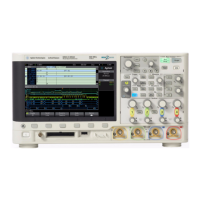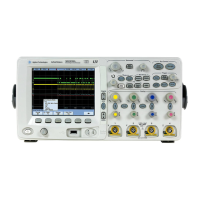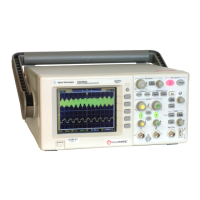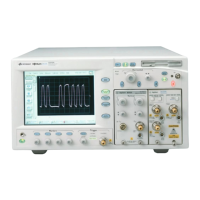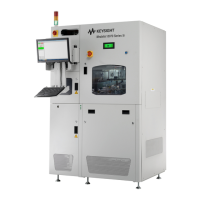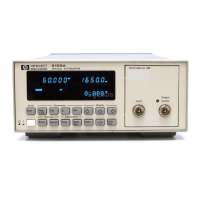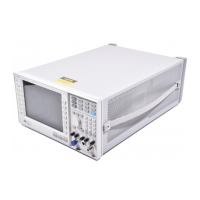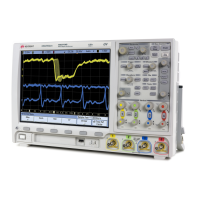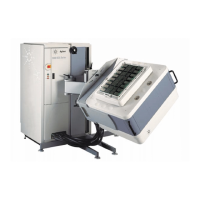Common (*) Commands 5
Agilent InfiniiVision 3000 X-Series Oscilloscopes Programmer's Guide 163
Introduction to
Common (*)
Commands
The common commands are defined by the IEEE 488.2 standard. They are
implemented by all instruments that comply with the IEEE 488.2 standard.
They provide some of the basic instrument functions, such as instrument
identification and reset, reading the instrument setup, and determining
how status is read and cleared.
Common commands can be received and processed by the instrument
whether they are sent over the interface as separate program messages or
within other program messages. If an instrument subsystem has been
*SRE <mask> (see
page 180)
*SRE? (see page 181) <mask> ::= sum of all bits that
are set, 0 to 255; an integer in
NR1 format. <mask> ::= following
values:
Bit Weight Name Enables
--- ------ ---- ----------
7 128 OPER Operation Status Reg
6 64 ---- (Not used.)
5 32 ESB Event Status Bit
4 16 MAV Message Available
3 8 ---- (Not used.)
2 4 MSG Message
1 2 USR User
0 1 TRG Trigger
n/a *STB? (see page 182) <value> ::= 0 to 255; an integer
in NR1 format, as shown in the
following:
Bit Weight Name "1" Indicates
--- ------ ---- ---------------
7 128 OPER Operation status
condition occurred.
6 64 RQS/ Instrument is
MSS requesting service.
5 32 ESB Enabled event status
condition occurred.
4 16 MAV Message available.
3 8 ---- (Not used.)
2 4 MSG Message displayed.
1 2 USR User event
condition occurred.
0 1 TRG A trigger occurred.
*TRG (see page 184) n/a n/a
n/a *TST? (see page 185) <result> ::= 0 or non-zero value;
an integer in NR1 format
*WAI (see page 186) n/a n/a
Table 64 Common (*) Commands Summary (continued)
Command Query Options and Query Returns
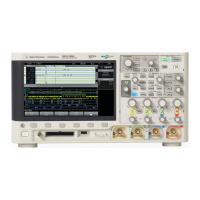
